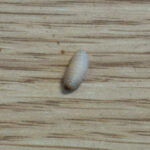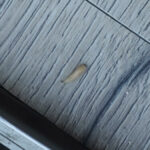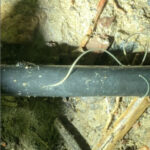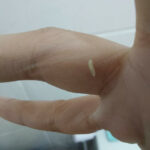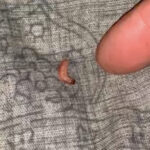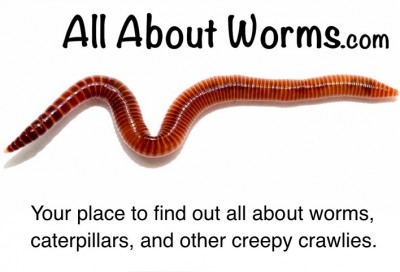
A worm breeder in Ashford, Kent, England contacted us about a problem he has been having with breeding white worms, otherwise known as pot worms. Despite experiencing rapid growth initially, the white worms quickly “crashed” after a while, and our reader hopes we can clarify for him what he could be doing to keep the breeding consistent, and efficient.
Our reader states that he has multiple wormeries and composts “absolutely everything” possible. Although his preexisting composting worms are thriving, and live in “huge numbers”, he has been having trouble establishing a potworm culture. He has experimented with various types of mediums for the worms, but has found none of them successful. He supposes that this is because since the worms are surrounded by composted matter, they will not want to eat the food placed on top of the surface. Additionally, he has tried using multiple types of food, but none of them have seemed to solve this problem. Thus, far the bread has been most successful.
And hence, our reader’s frustration is understandable. He feels that he has replicated the optimal conditions for his pot worms, and does not understand why they will not breed rapidly. He even concluded that perhaps the best way to breed them would be to but them in a different substrate that would not feed them, so that they would be attracted to the food put at the top of their habitat. However, we do not think this is the solution.
Even though our reader has done an excellent job of ensuring that the habitat of his pot worms is optimal in terms of moisture, space, and substrate, our sources indicate one aspect that is vital to breeding white worms that perhaps our reader did not take into account: pH levels. White worms prefer low levels of pH in their habitats, meaning they prefer high levels of acidity. Thus, giving them food that is highly acidic should successfully attract them back up to the surface to feed. RedWormComposting suggests that white worms love both acidic and starchy foods, and thus one way to successfully breed white worms is to feed them bread soaked in milk, as this will make for the perfect combination of the two. This is most likely why the use of bread was the most successful for our reader, but perhaps the milk was the second part of the equation that would keep up a consistent rate of breeding. Or rather, any food that was highly acidic.
To conclude, it is our opinion that our reader’s white worm habitat is near perfect, and that the reason they do not come up to the surface to feed, and consequently breed, is because the food being left for them is not acidic enough to attract them back to the surface. We hope that this little bit of information has been helpful to our reader, and that his breeding becomes more efficient with this method. If not, he is more than welcome to contact us again.
All About Worms is always free, always reader-supported. Your tips via CashApp, Venmo, or Paypal are appreciated! Receipts will come from ISIPP Publishing.



